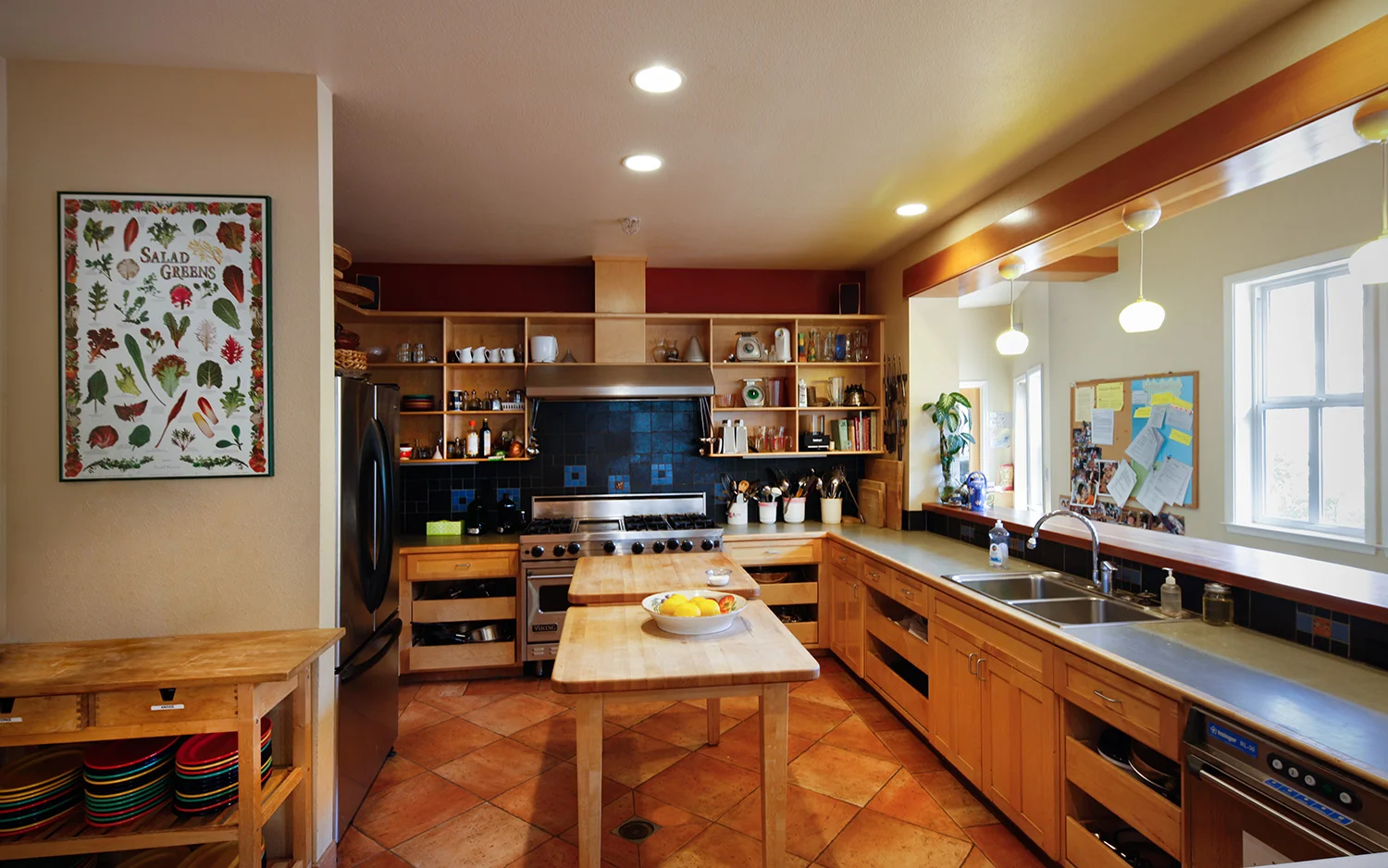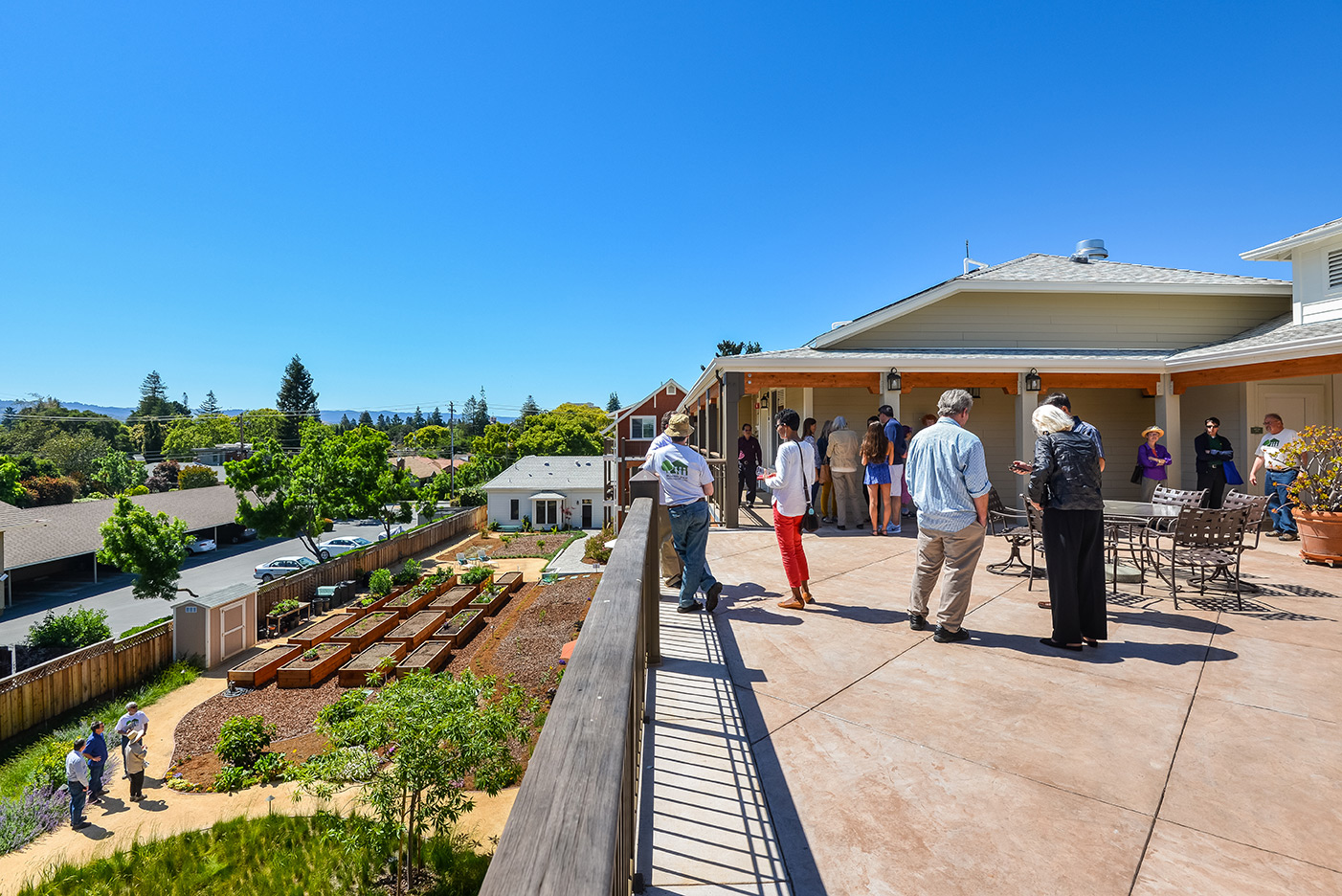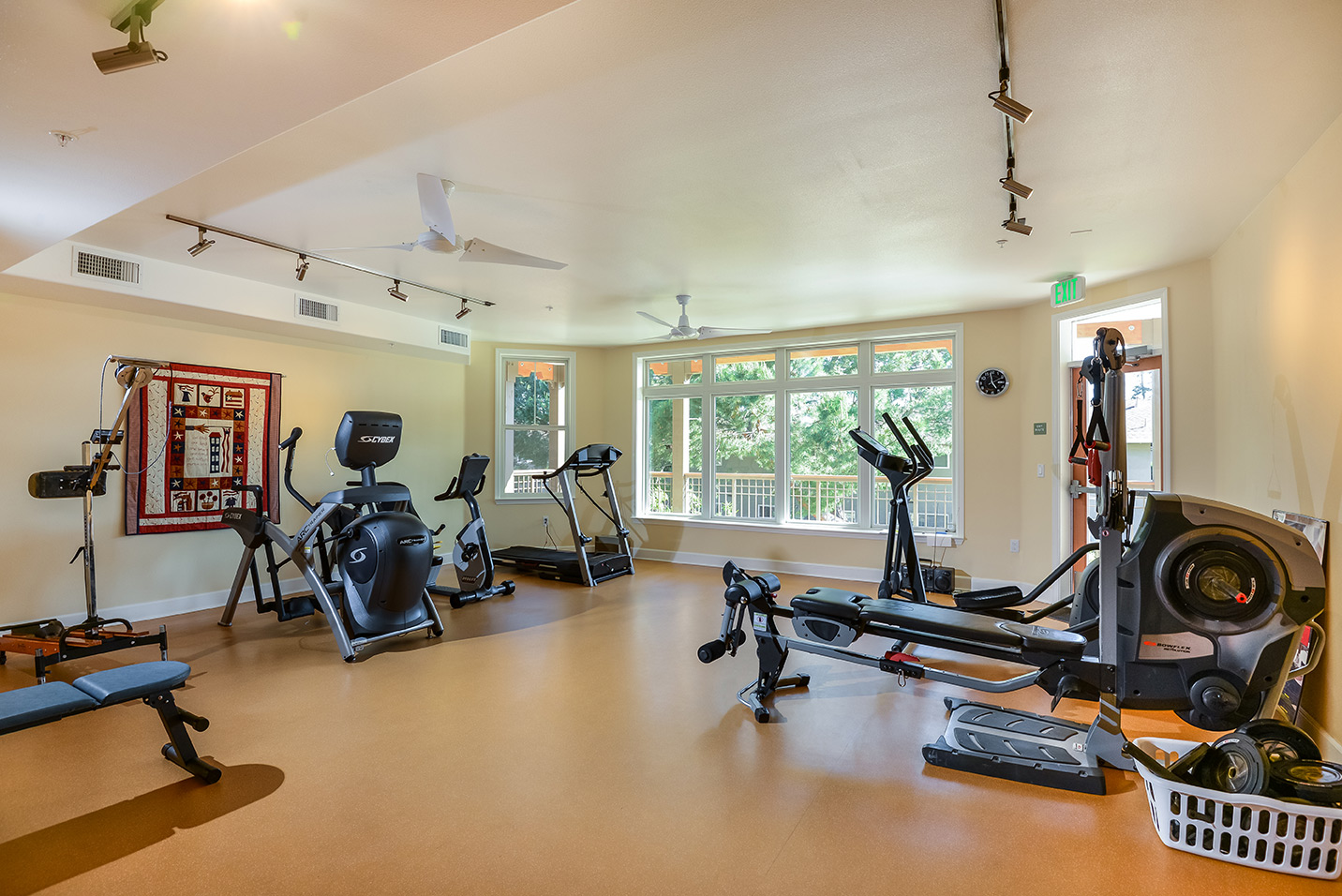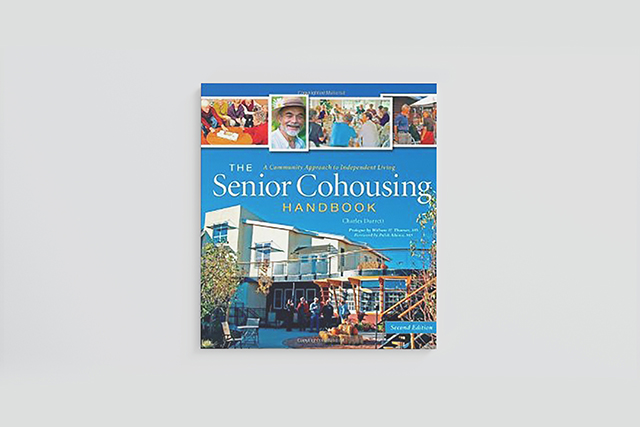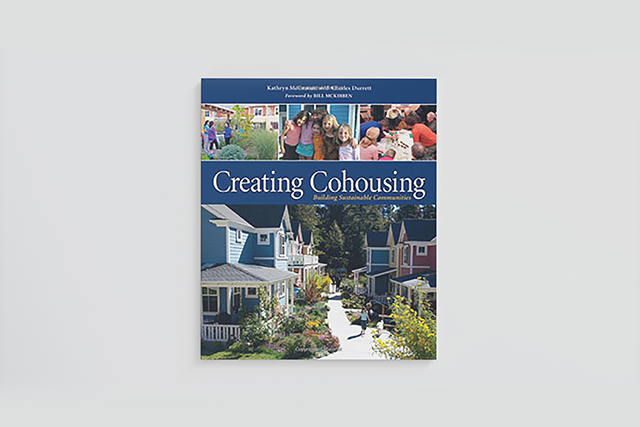Jan Gudmand-Høyer 1936–2017
The man who started cohousing in Denmark, and therefore the man who started cohousing, died Monday, March 6, 2017, at 81 years old. Jan came up with the novel idea that to make a neighborhood that truly fits the needs of the individual and society—you have to design it to fit true needs and wants. In 1964 Jan gathered together friends and acquaintances to talk about housing. He asked them to imagine a lifestyle and a place that did not yet exist, a place that could suit the needs of ordinary citizens, an intentional place that was different from what mom and pop, or grandma and grandpa had created for themselves. “What really makes sense for people in late twentieth century, western industrialized societies?” was his query. He recognized that different generations have different needs. Mothers were working outside of the home, families had fewer children, and folks were living longer. He wanted to figure out what would make it easier for them to actually express their values of living lighter on the planet while championing gender equality and increasing civic participation. He wanted to know what would make our lives more practical and more healthy. He wanted to create a way of life that made more sense. As they discussed it, notions of balancing privacy and community, private ownership and sharing, became recurring themes. He started with nothing but the intent to be truly responsive to real concerns, not perceived ones. Devoid of preconception on purpose, not wanting to rely on the rear view mirror, Jan spurred a self-development movement that spread throughout Europe, and then the world.
Jan and Charles walk through Skraplanet, one of the first cohousing communities built by Jan in Denmark.
Jan was the quintessential communitarian, always seeking but always turning what he learned into practice. For example, as soon as read about Sardinia and their heightened and measurable demonstration of community, he went there to learn from them. Over the course of a month, he studied in great detail, of culture and nuance, of place and benches and chairs. When it came to healthy human interaction, no detail was too small.
With great fun, in 2001 Jan & I sailed the Mediterranean with his wife, Angels, and his son Yakai. As we entered each tiny port in Greece, or Turkey, it was fun to compete to be the first to exclaim, “Now this is community.” There we witnessed moms, dads, and grandparents on the wharf, playing dominos, breaking bread, and children running all around. Instruments came out at dusk, then dancing and singing.
Jan Gudmand-Høyer and Angels together designed well over forty cohousing communities, each one being the model for the next one, each one being better than the last. It was to the point, that the last time I visited him, he only wanted to discuss his latest, although many were stellar.
We loved Jan dearly. Jan was our greatest inspiration, mentor, and truest of friends. He and I resonated at every level. He was truly the most humanistic person I’ve ever had the honor to know. He never lost faith in the human potential to build a healthy society one neighborhood at a time. I miss you dearly, Jan.











